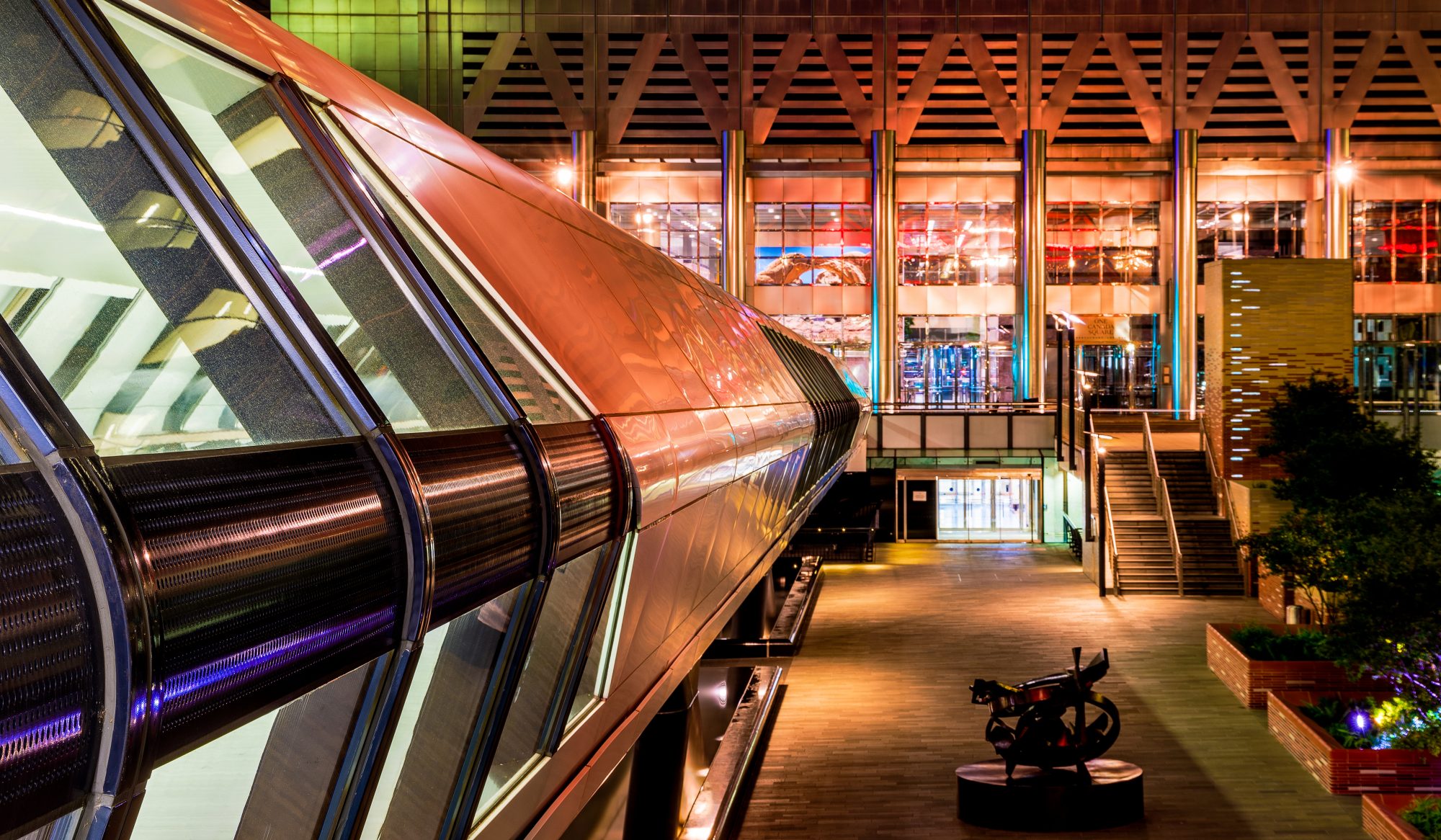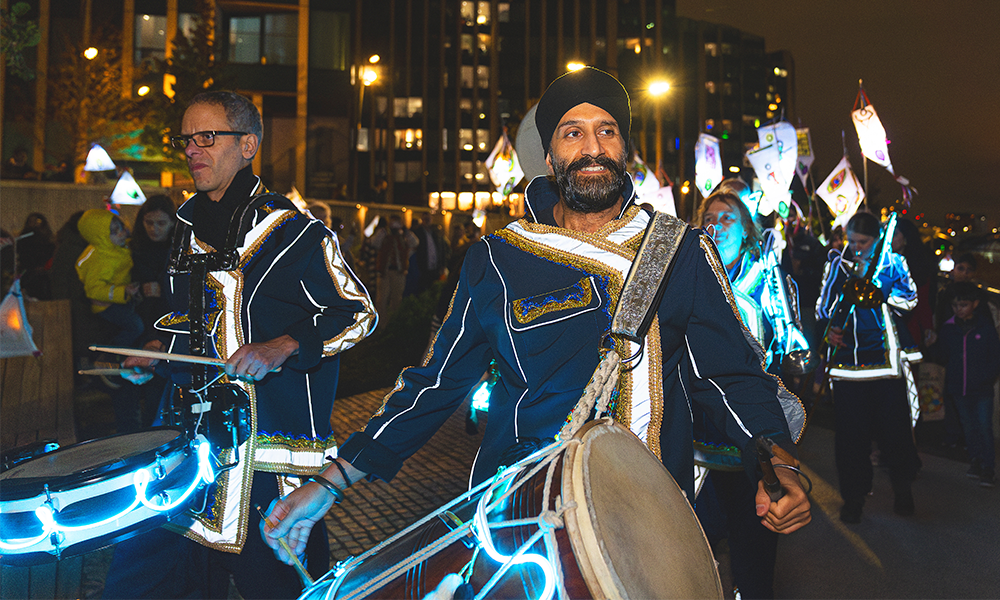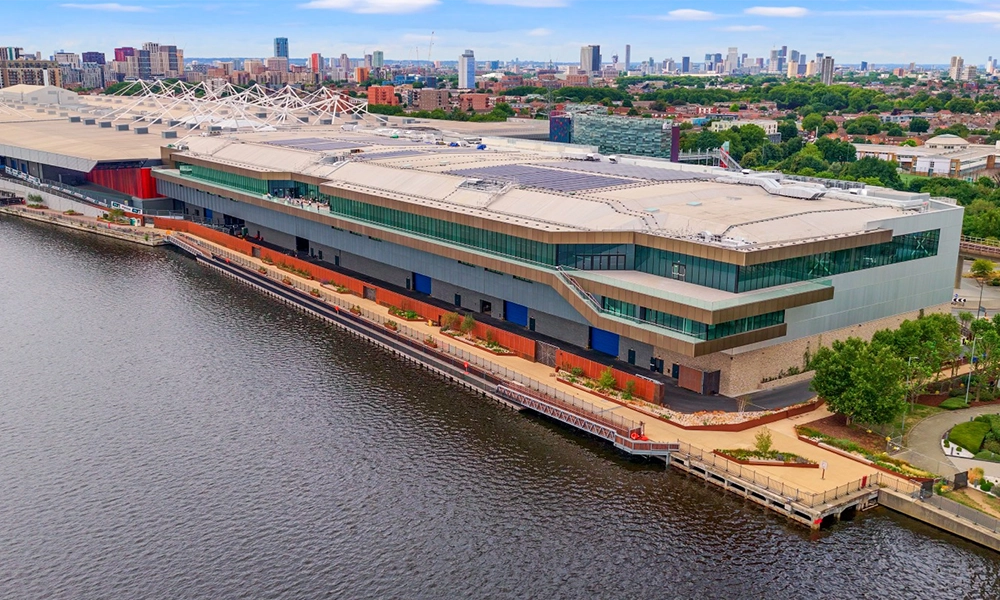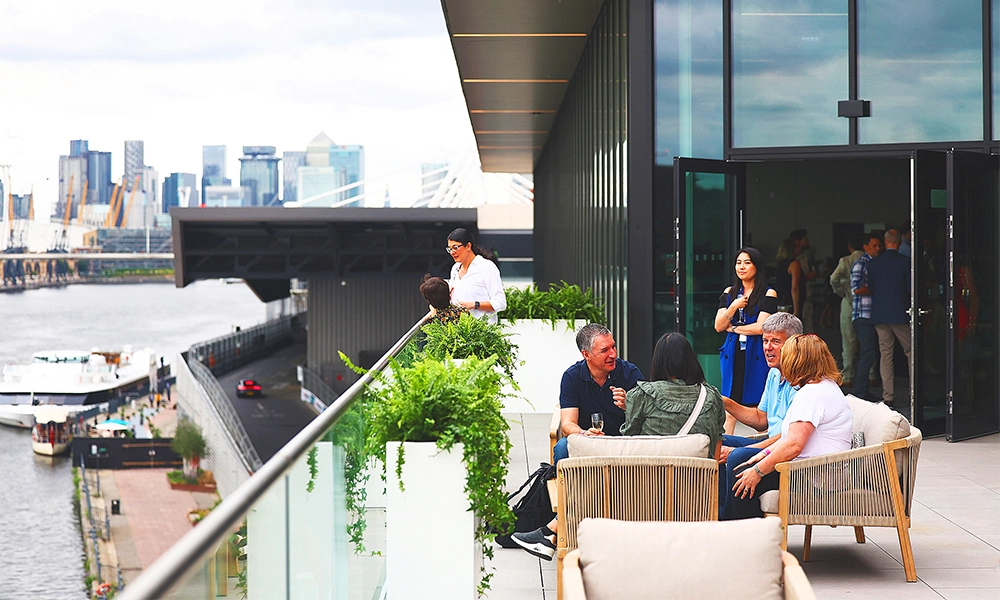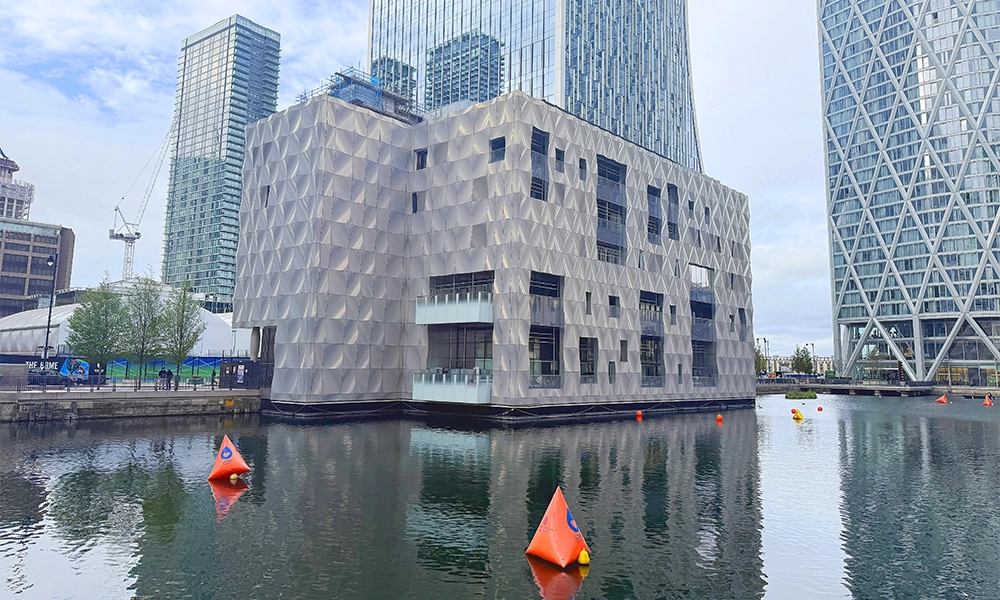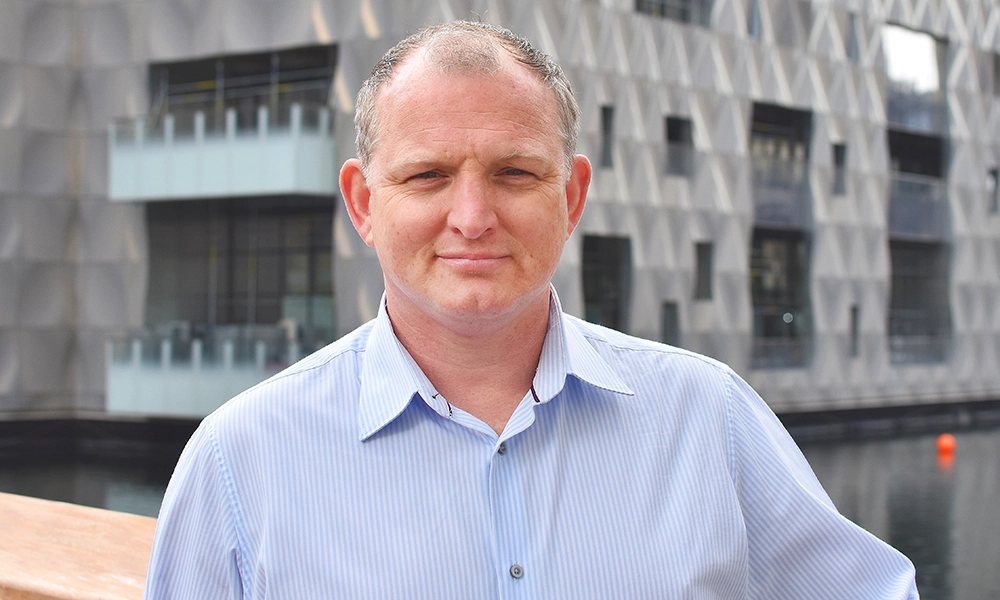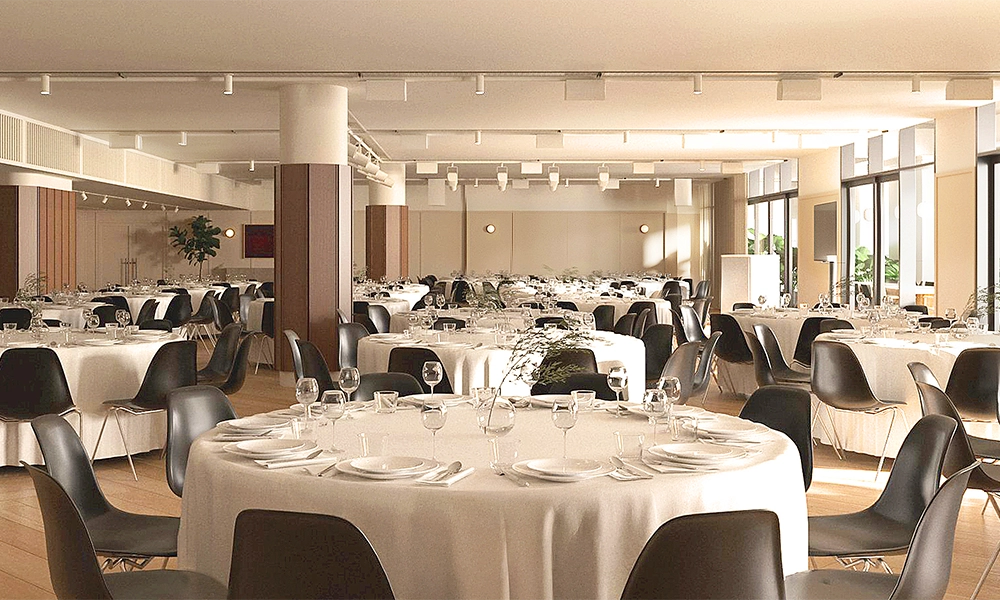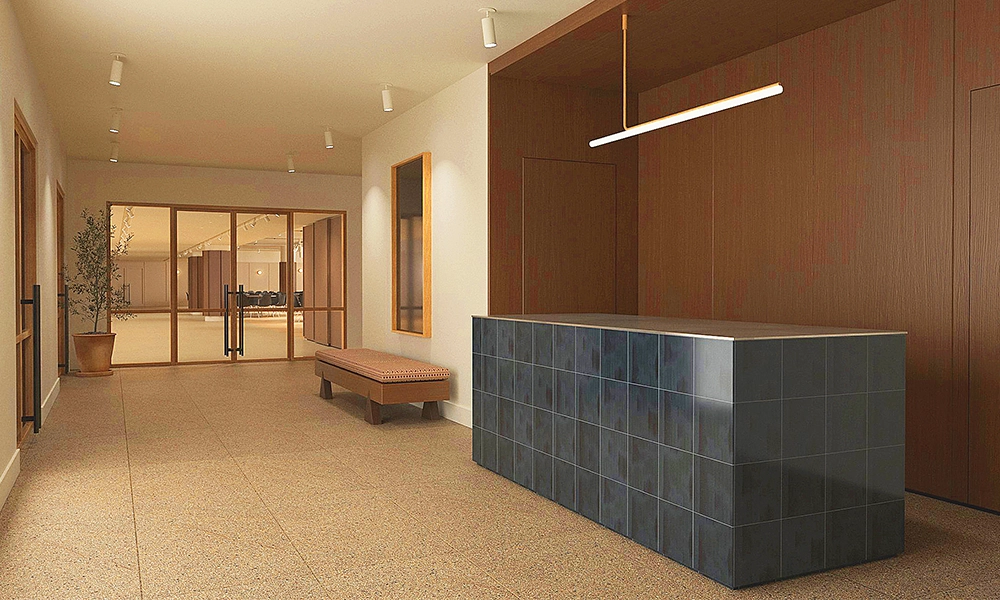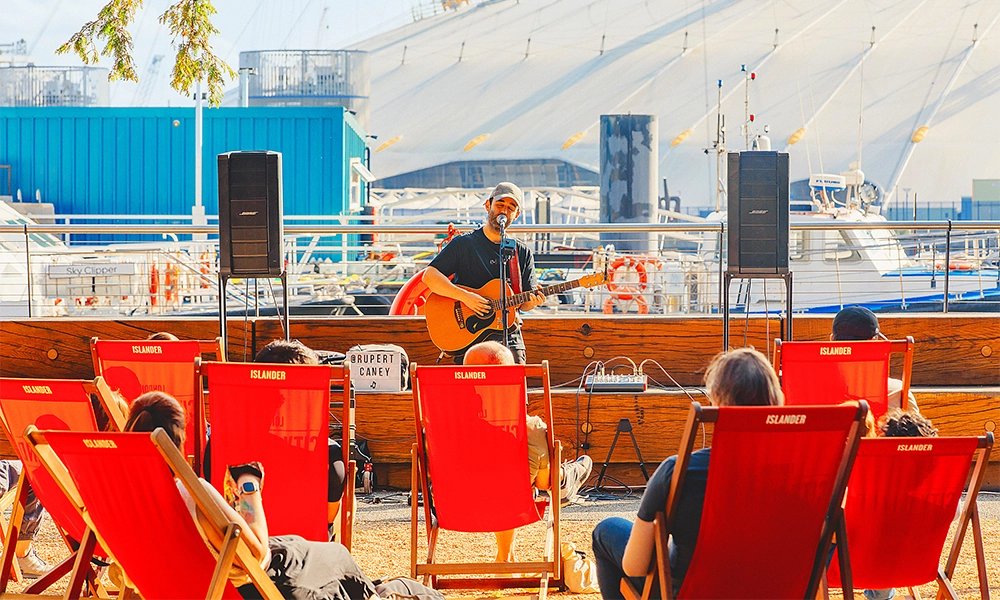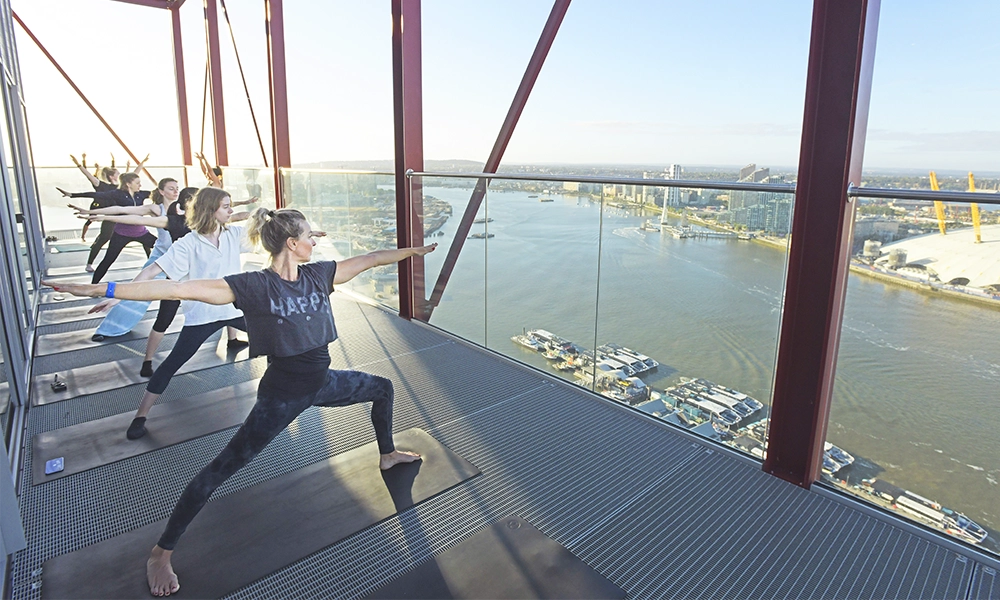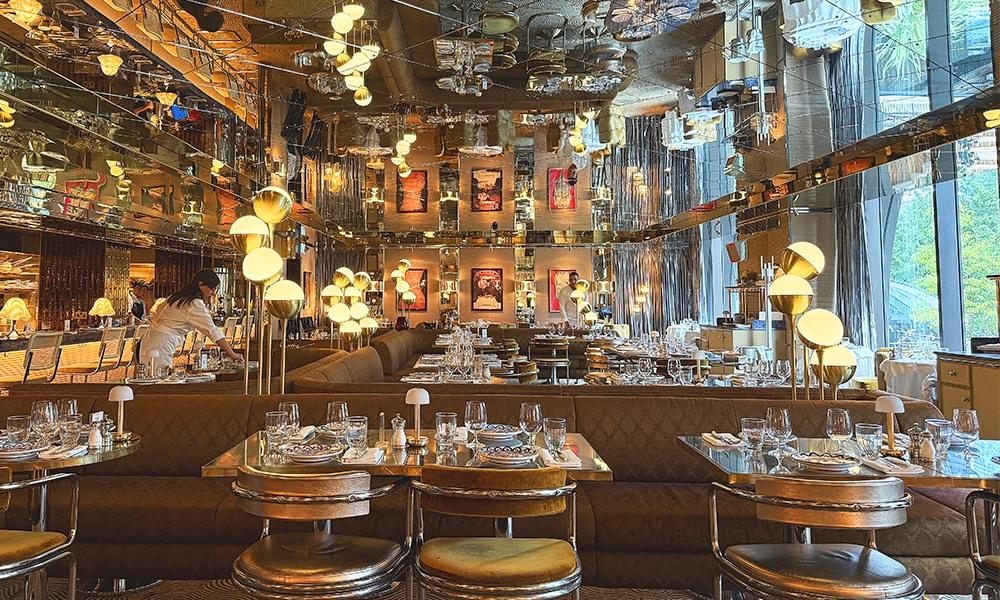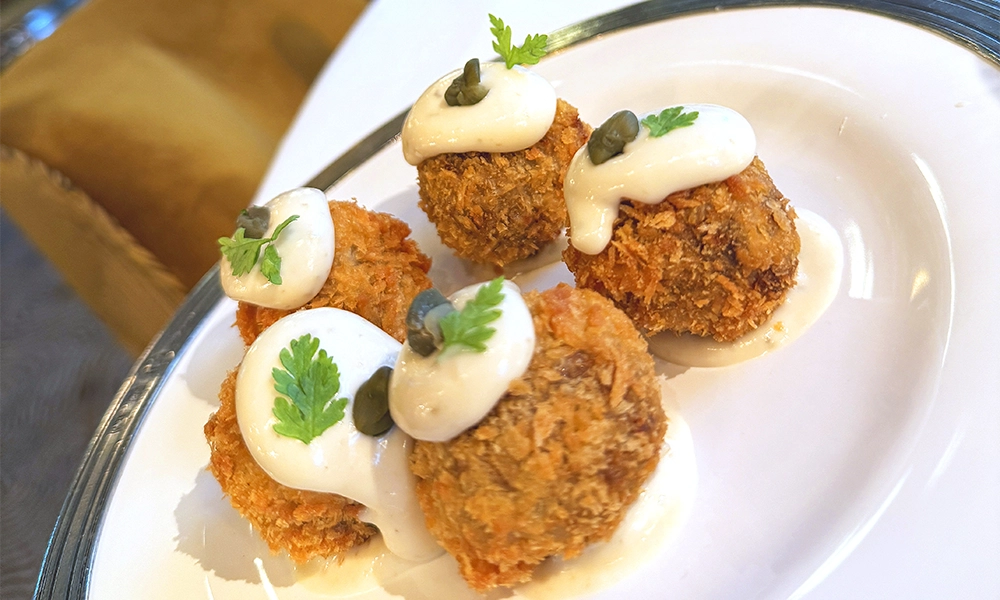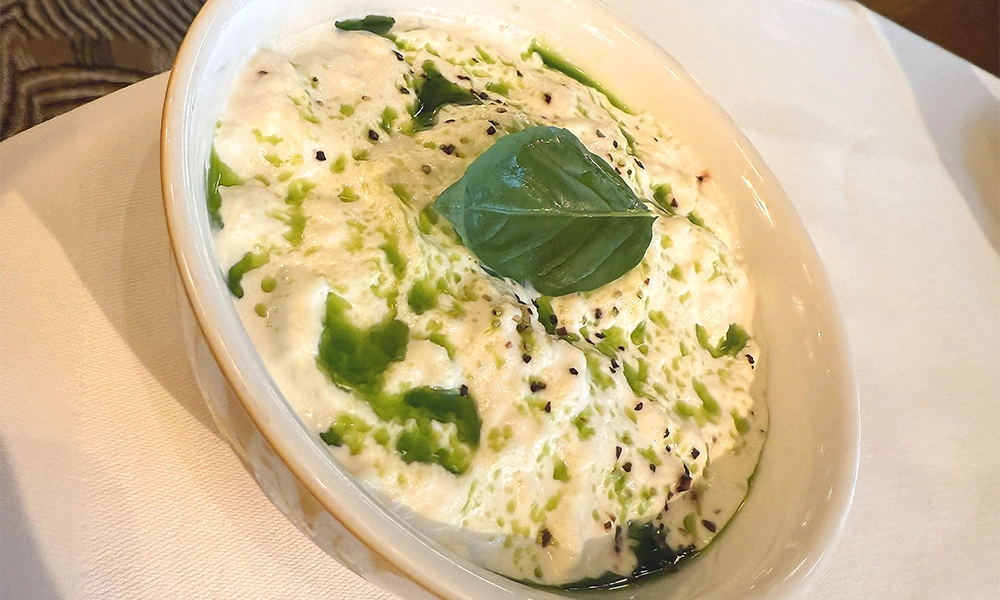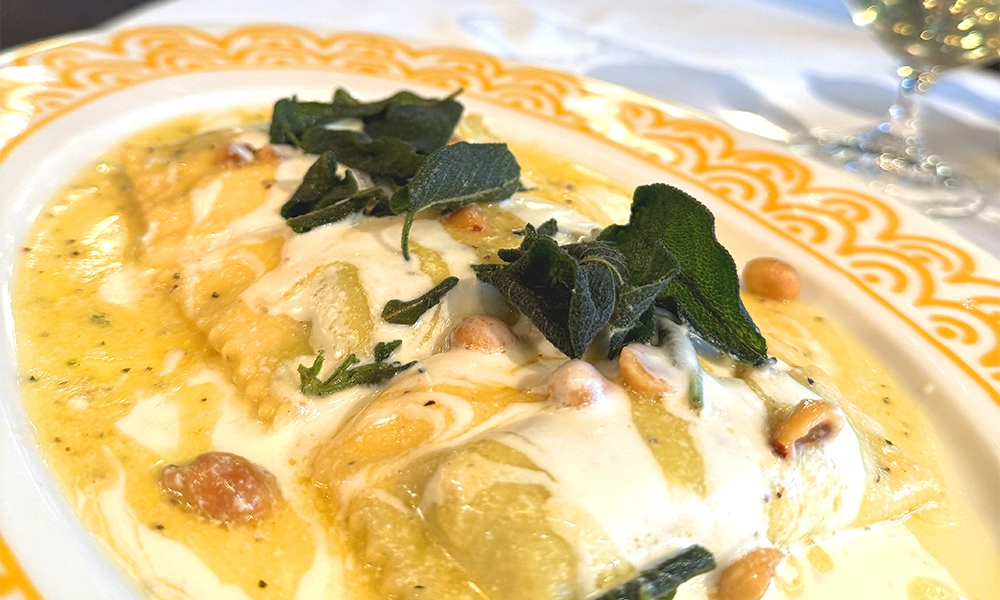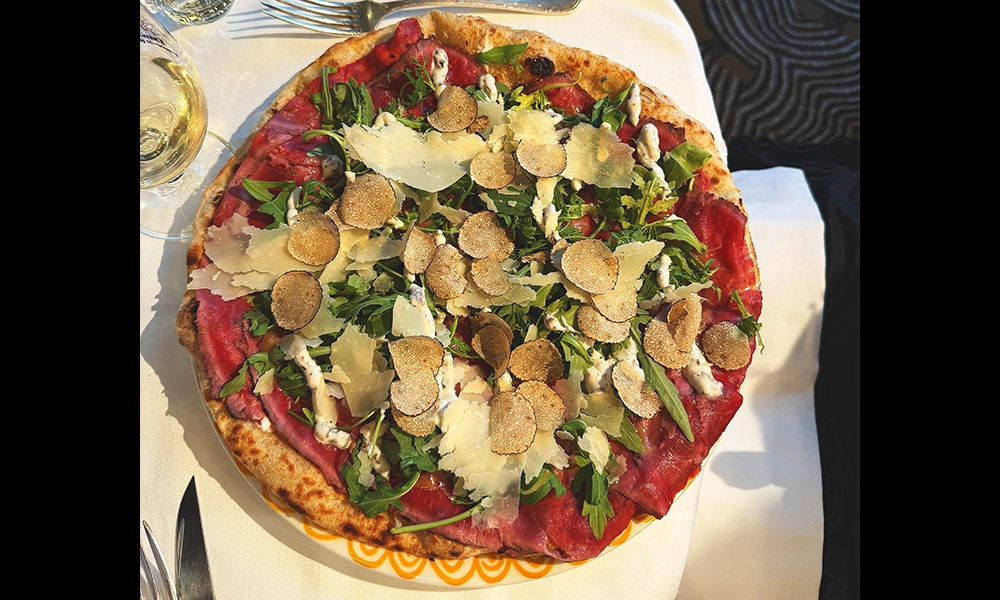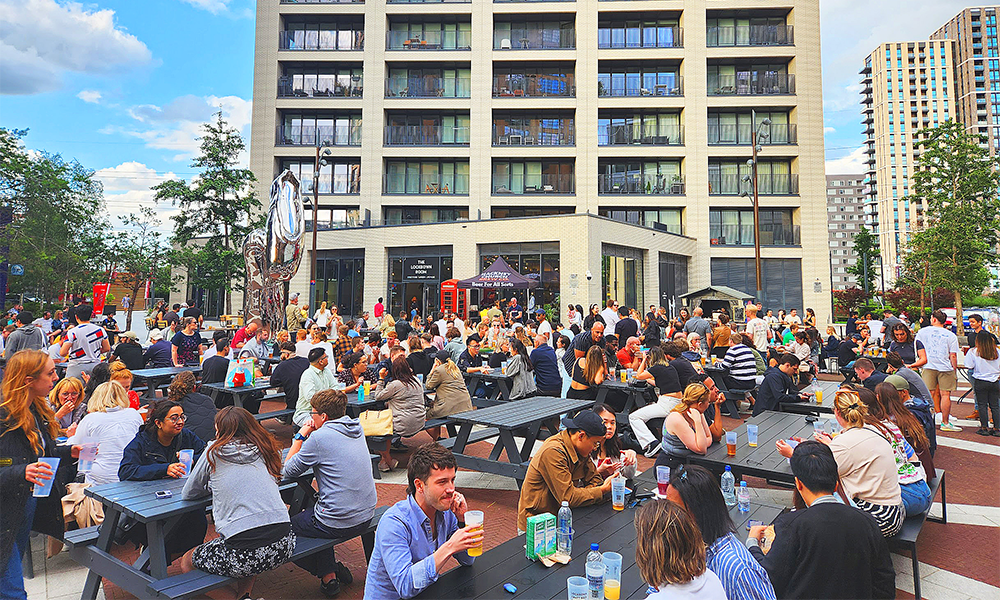K&G Hospitality set to open brand’s second on the lower levels of 12 Bank Street on Eden Dock
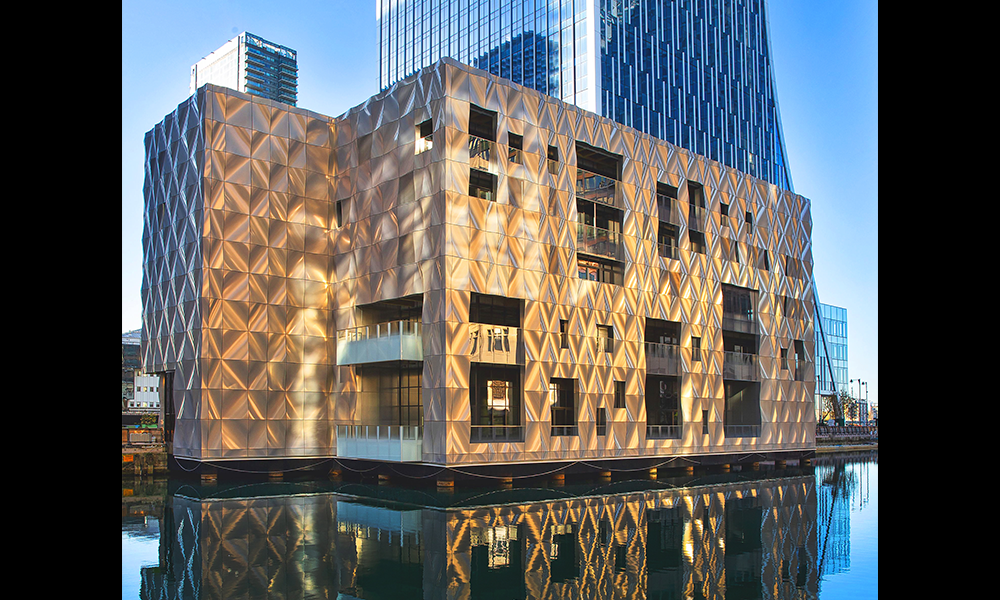
Subscribe to our free Wharf Whispers newsletter here
When K&G Hospitality co-founders Vineet Kalra and Ricardo Guimaraes looked at the empty space on the ground floor of 12 Bank Street in Canary Wharf, they saw possibility.
Having found success with Amazing Grace – a 17th century church a few doors down from London Bridge station that they’ve transformed into a thriving live music venue, bar and restaurant – the pair were on the lookout for a place that could be the next iteration of that brand.
Inside Japanese architect Jun Aoki’s rippling silver pavilion on Eden Dock, they found it and, on October 24, 2025, will open as one of three new offerings set to bring the building to life.
Its top floors will be taken by opulent hotel brand House Of Gods, while Broadwick’s Landing Canary Wharf will offer serious square footage and flexibility for events.
But the ground floor will be something altogether different – a powerful blend of free live performances, Asian flavours and cocktails.

“Guests will enter Amazing Grace Canary Wharf via the middle of the three entrances to 12 Bank Street,” said Ricardo, who cut his teeth in hospitality during a spell at massive hotels in New York, eventually meeting Vineet when they both worked at co-living startup, The Collective.
“Inside we’ve taken some inspiration from the church – we’ll have arches behind the stages. The walls will be blue and cream with lots of photographs of artists who have played at Amazing Grace.
“There will also be a DJ booth and guests can watch the show at ground level or from the mezzanine. We also have a covered terrace for people to enjoy year-round.
“For the food, we have our executive chef Lucien Green, who’s been working with us for the past two years and was responsible for training the chefs at Jamie Oliver’s Fifteen project.
“The menu will be Asian-influenced, but we’ll also be offering bar food including burgers and wings. We tend to get a lot of larger groups so we’ll also have big platters to share.
“At the bar we’ll have a classic cocktail list with some more fun modern creations and we’ll stock about 20 or 30 wines from all over the world.
“We’ll have Prosecco, of course, because everybody loves it, as well as English sparking wine and Champagne. For parties and events we can also offer canapés.”
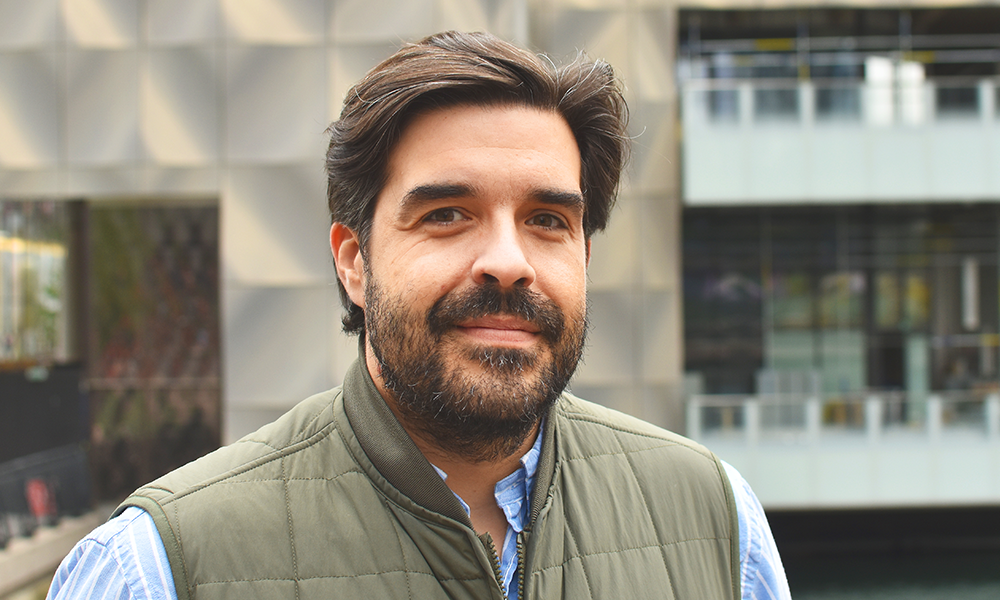
free live music at Amazing Grace
Central to Amazing Grace’s proposition, however, is its rolling programme of free live entertainment – a first for the Wharf in terms of regularity and diversity of programming.
“Each day will be different,” said Vineet, who worked in accountancy before making the move into hospitality, overseeing hotels in Europe.
“On Monday we’ll have acoustic acts, Tuesdays will be cabaret night, Wednesdays will be live band karaoke – so guests can go on stage and sing with the band.
“That’s become super-popular at London Bridge.
“Then on Thursday, Friday and Saturday, we’ll have more acoustic acts, party bands and DJs into the early hours.
“We have a late licence until 3am and, while we might not be open that long when we start out, we’re hoping to get there.
“We just want people to think of Amazing Grace in Canary Wharf as a fun place to be. Opening here will be a proud moment for both of us and this is a flagship location.”
The venue will also be offering The F*cking Fabulous Brunch, which promises “wild energy and unforgettable vibes” from 2pm-6pm on Saturdays.
Diners can expect two courses and 90 minutes of bottomless drinks for £65 per person with dancing, live entertainers, musicians and DJs.
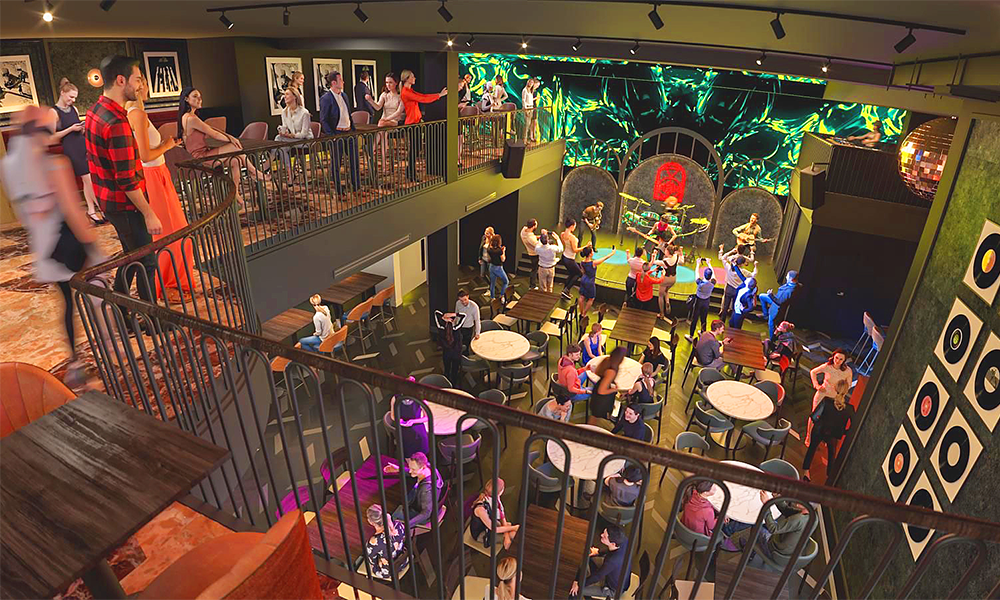
different things to different people
The design of the new venue, which has a total capacity of 450 people, has flexibility hard-wired into its structure.
The mezzanine level boasts a separate kitchen so it can operate as a standalone events space without conflicting with normal service.
The main space tapers away toward the back creating quieter areas for dining and catch-ups and the terrace directly overlooking the dock promises further sanctuary or the possibility of pop-up semi-outdoor performances.
There’s a sense Amazing Grace could be many different things to different people all at the same time or a single blockbuster space depending on what’s happening on its stage.
“Very early in my career, I did an internship at The Sheraton in New York – the hotel had 1,700 bedrooms, five bars and more than 100,000sq ft of event space,” said Ricardo.
“Simon and Garfunkel were doing gigs downstairs – there were always different things going on the whole time.
“I love music – I used to go to Ronnie Scott’s when I was young, and to the Blue Note in New York – I always wanted to have my own venue, something similar to those places but with its own identity and that’s Amazing Grace.”

entertainment at Amazing Grace
Vineet added: “We really started as a live music venue and then worked out what was popular.
“With Friday or Saturday nights, we programme something internally and work with third parties to run the other nights for us.
“Essentially, we’re a multifunctional space that’s very flexible.
“People might come for the food and stay for the music, or the other way around.
“We’ve become known for our projections behind the acts and we’ll definitely be bringing those to Canary Wharf.”
K&G is also working on another project within one stop of the estate.
Vineet and Ricardo have teamed up with Meantime to open a new taproom on Greenwich Peninsula in the spaces once occupied by Craft restaurant.
Following its takeover by Asahi, The Dial aims to give the brand a fresh presence in its birth borough following the closure of its original brewery.
“It’s going to be a taproom, micro brewery and a sports bar and event space,” said Vineet. “Split over three floors, it’s right outside North Greenwich station.”
More on that when it opens…
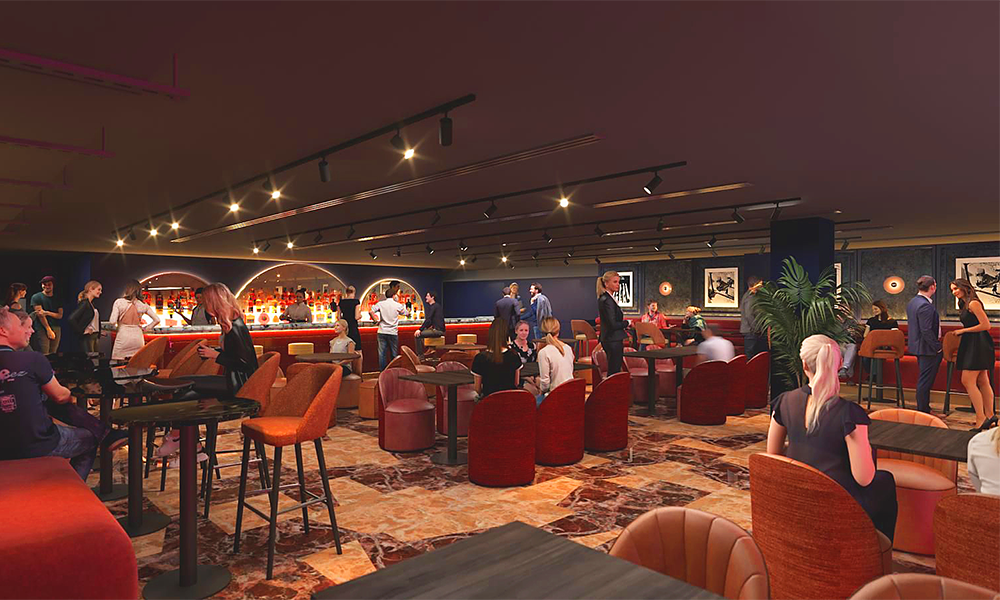
key details: Amazing Grace Canary Wharf
Amazing Grace’s Canary Wharf live music bar and restaurant is set to officially open its doors on October 24, 2025, at 12 Bank Street.
Find out more about the venue here
Read more: Cody Dock becomes a keeper of the River Lea’s stories
